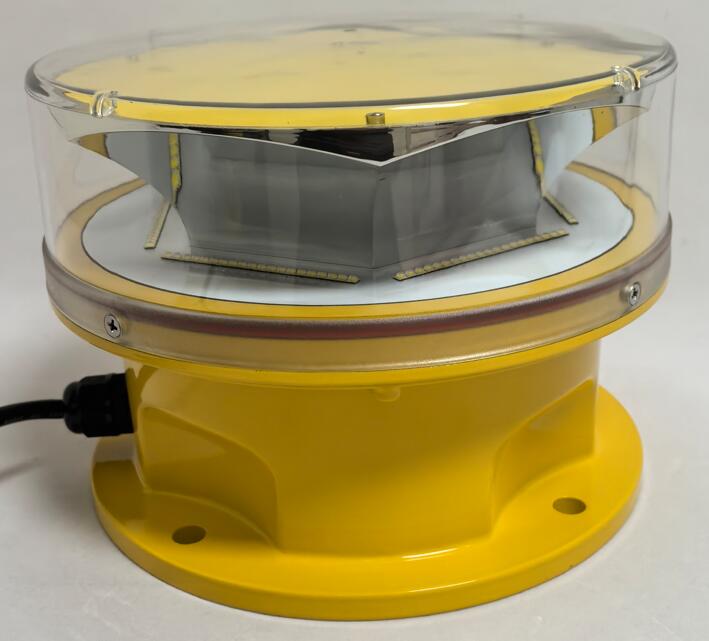Aviation Lamp Solutions: Navigating the Essentials Without Breaking the Bank
In the world of aviation safety, proper lighting solutions play a critical role in preventing accidents and ensuring smooth operations. Aviation lamps serve as essential visual aids for pilots, air traffic controllers, and ground personnel, marking runways, taxiways, and potential obstacles. These specialized lighting systems must meet stringent international standards while withstanding extreme weather conditions and heavy usage.
Modern aviation lamp technology has evolved significantly from traditional incandescent systems to more advanced LED solutions. This transition has brought numerous benefits to airports and aviation facilities worldwide, including improved energy efficiency, reduced maintenance requirements, and enhanced visibility in various weather conditions.
Key Features of Quality Aviation Lamps
When evaluating aviation lighting systems, several critical factors determine their effectiveness and suitability for different applications:
Durability and Weather Resistance: Aviation lamps must withstand extreme temperatures, heavy rain, snow, and strong winds while maintaining consistent performance.
Energy Efficiency: Modern LED-based systems consume significantly less power than traditional lighting solutions, reducing operational costs.

Visibility and Light Output: The intensity and color of the light must meet strict aviation standards to ensure clear visibility from appropriate distances.
Maintenance Requirements: Systems designed for easy maintenance reduce downtime and keep operational costs manageable.
Regulatory Compliance: All aviation lighting must meet ICAO (International Civil Aviation Organization) and FAA (Federal Aviation Administration) standards.
Types of Aviation Lighting Systems
The aviation industry utilizes several distinct types of lighting systems, each serving specific purposes:
Runway Lighting
Runway Edge Lights: White lights marking the runway boundaries
Threshold Lights: Green lights indicating the beginning of the runway
End Lights: Red lights marking the runway end
Taxiway Lighting
Blue lights guiding aircraft along taxi routes
Centerline lights for precise navigation
Obstruction Lighting
Red lights marking tall structures and potential hazards
White strobe lights for enhanced visibility
Approach Lighting Systems
Complex configurations guiding pilots during landing
Various patterns depending on runway category
Factors Influencing Aviation Lamp Selection
Choosing the right aviation lighting solution involves careful consideration of multiple factors:
Airport Size and Traffic Volume: Larger airports with more traffic require more robust and reliable systems.
Environmental Conditions: Locations with extreme weather need specially designed lighting solutions.
Power Availability: Remote locations might require solar-powered or low-energy alternatives.
Maintenance Capabilities: Facilities with limited maintenance staff should prioritize low-maintenance options.
Future Expansion Plans: Scalable systems accommodate growth without complete replacements.
The Shift to LED Technology in Aviation Lighting
The aviation industry has been gradually transitioning from traditional lighting to LED solutions due to their numerous advantages:
Longer Lifespan: LED lamps last significantly longer than conventional options
Energy Savings: Reduced power consumption lowers operational expenses
Improved Visibility: Better light quality enhances safety
Reduced Maintenance: Fewer replacements mean less downtime
Environmental Benefits: Lower energy use and fewer replacements reduce environmental impact
Maintenance and Long-Term Considerations
Proper maintenance is crucial for ensuring aviation lighting systems perform reliably:
Regular Inspections: Scheduled checks identify potential issues before they affect operations.
Cleaning Procedures: Proper lens cleaning maintains optimal light output.
Spare Parts Inventory: Keeping critical components on hand minimizes downtime.
Staff Training: Well-trained personnel can perform maintenance more efficiently.
Performance Monitoring: Tracking system performance helps plan upgrades and replacements.
Future Trends in Aviation Lighting
The aviation lighting industry continues to evolve with several emerging trends:
Smart Lighting Systems: Network-connected lights with remote monitoring capabilities.
| aviation lamp price |
Advanced Materials: New composites and coatings that enhance durability.
Solar-Powered Solutions: Increasing adoption in remote locations.
Adaptive Lighting: Systems that adjust based on weather conditions.
Integration with Air Traffic Systems: Lights that communicate with aircraft systems.
Investing in Quality Aviation Lighting
Selecting the right aviation lamp solutions requires careful consideration of technical specifications, operational requirements, and long-term value. While initial acquisition is an important factor, the total cost of ownership—including energy consumption, maintenance, and lifespan—often proves more significant over time.
| aviation lamps |
By understanding the various options available and their respective benefits, aviation professionals can make informed decisions that enhance safety, improve efficiency, and optimize operational budgets. The continued advancement of lighting technology promises even better solutions in the future, further improving aviation safety and efficiency worldwide.
